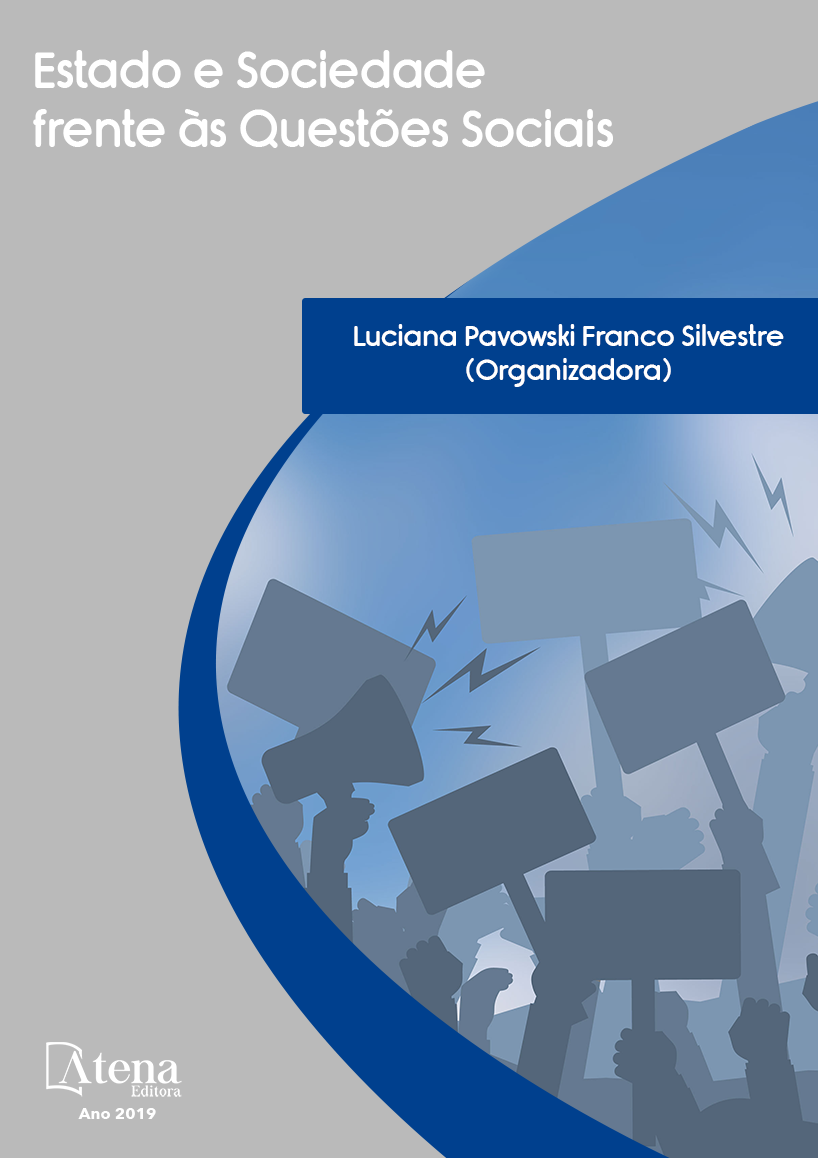
“VIOLÊNCIA, DESORDEM E BEBEDEIRAS”: A CONSTRUÇÃO DA IMAGEM DO CLUBE FORRÓLÂNDIA NO MUNICÍPIO DE ORLÂNDIA-SP (2000-2010)
A cidade de Orlândia-SP, desde o
final do século XX, é marcada pela dualidade
entre novos e antigos moradores, ou seja, entre
a comunidade de migrantes nordestinos e grupo
dos moradores locais (paulistas). Desde seu
início a relação entre estes grupos foi norteado
por uma série de disputas simbólicas no diaa-
dia, no contexto dos bairros e inclusive em
ambientes de lazer e sociabilidade. O trabalho,
se objetiva em analisar parte dos aspectos
desta disputa simbólica entre estes grupos, a
partir da análise de um dos principais clubes
de lazer do município, o Forrólândia, entre os
anos 2000-2010. Evidanciaremos que este
espaço foi estigmatizado pelo grupo paulista,
por meio de uma série de fofocas depreciativas,
que visavam evitar que moradores locais o
frequentassem. Todavia, nos anos finais da
década de 2010, o público dos bailes de forró,
que até então era apenas de nordestinos,
passou a contar com um considerável número
paulistas. Para analisarmos estas questões,
seja do processo de estigmatização, como de
disputa pelo espaço, este trabalho se utilizará
de uma série de entrevistas realizadas no ano
de 2017, de moradores/as naturais do município
e de migrantes, que participavam (ou não) dos
bailes de forró realizados no clube. A partir de
suas narrativas buscamos discutir como este
espaço passou de ambiente estigmatizado a
local de intensa disputa entre os grupos.
“VIOLÊNCIA, DESORDEM E BEBEDEIRAS”: A CONSTRUÇÃO DA IMAGEM DO CLUBE FORRÓLÂNDIA NO MUNICÍPIO DE ORLÂNDIA-SP (2000-2010)
-
DOI: 10.22533/at.ed.0141921114
-
Palavras-chave: Sociabilidades; violência; forró; nordestinos; paulistas.
-
Keywords: Sociabilities; violence; lining; northeastern; Paulistas.
-
Abstract:
The city of Orlândia-SP, since the
end of the twentieth century, has been marked
by duality between new and old residents,
that is, between the northeastern migrant
community and local residents (São Paulo).
Since its beginning, the relationship between
these groups has been guided by a series
of symbolic daily disputes, in the context of
neighborhoods and even in leisure and social
environments. This paper aims to analyze part
of the aspects of this symbolic dispute between
these groups, based on the analysis of one of
the main leisure clubs in the city, Forrólândia,
Estado e Sociedade frente as Questões Sociais Capítulo 4 36
between 2000-2010. We will evidence that this space was stigmatized by the São
Paulo group, through a series of derogatory gossip aimed at preventing local residents
from attending it. However, in the final years of the 2010s, the public of the forró balls,
which until then was only northeastern, now had a considerable number of people from
São Paulo. In order to analyze these questions, either from the stigmatization process,
or from the dispute for space, this work will use a series of interviews conducted in
2017, from residents of the municipality and migrants, who participated (or not) in the
forró dances held at the club. From their narratives we seek to discuss how this space
went from a stigmatized environment to a place of intense dispute between the groups.
-
Número de páginas: 45
- Bruno César Pereira
- Vania Vaz


